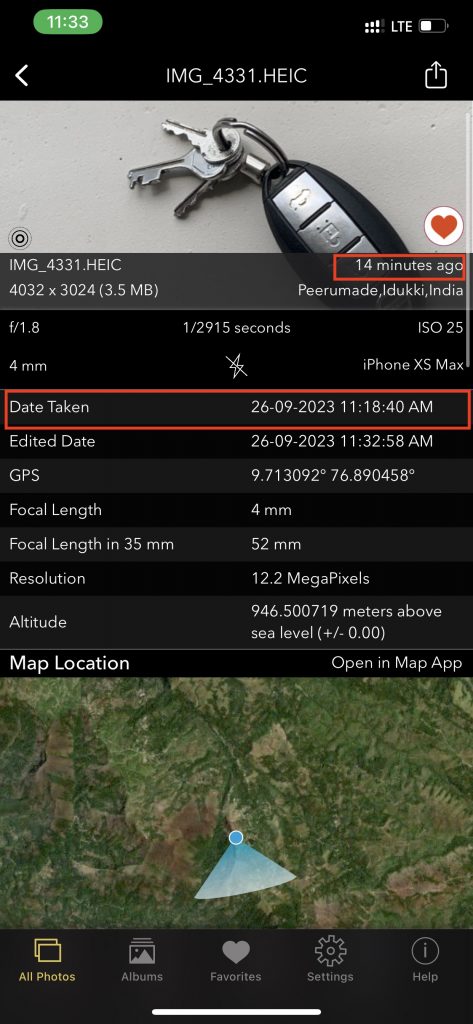
In the digital age, where nearly every aspect of our lives is intertwined with technology, digital forensics has become an indispensable tool for law enforcement agencies and investigative experts. One of the key elements in this realm is EXIF data, a treasure trove of information hidden within the digital photographs we capture. This blog post delves into the fascinating world of EXIF data, exploring how law enforcement and forensic experts utilize it in their investigations, while also shedding light on its limitations.
EXIF, which stands for Exchangeable Image File Format, is a standard that embeds metadata within image files. This metadata includes various details about the image, such as the date and time it was taken, camera settings, location information, and even the make and model of the camera used. Essentially, EXIF data acts as a digital fingerprint for photographs, providing a wealth of information that can be crucial in forensic investigations.
One of the primary uses of EXIF data in forensic investigations is to verify the authenticity and provenance of digital photographs. This is particularly important in cases involving evidence such as crime scene photos, as it can help confirm whether a photograph has been tampered with or manipulated. By analyzing the EXIF data, investigators can determine if the image’s metadata aligns with the circumstances presented in a case.
EXIF data can be a valuable tool for constructing timelines of events. Law enforcement can use timestamps embedded in photographs to establish when specific actions or incidents occurred. This can be crucial for tracking the movements of suspects, corroborating alibis, or determining the sequence of events in a criminal investigation.

Screenshot of Exif Viewer by Fluntro iOS app
Many modern cameras and smartphones are equipped with GPS capabilities that allow them to record the precise location where a photo was taken. In forensic investigations, this information can be pivotal in linking individuals to specific locations or incidents. For instance, it can provide insights into whether a suspect was near the scene of a crime at the time it occurred.
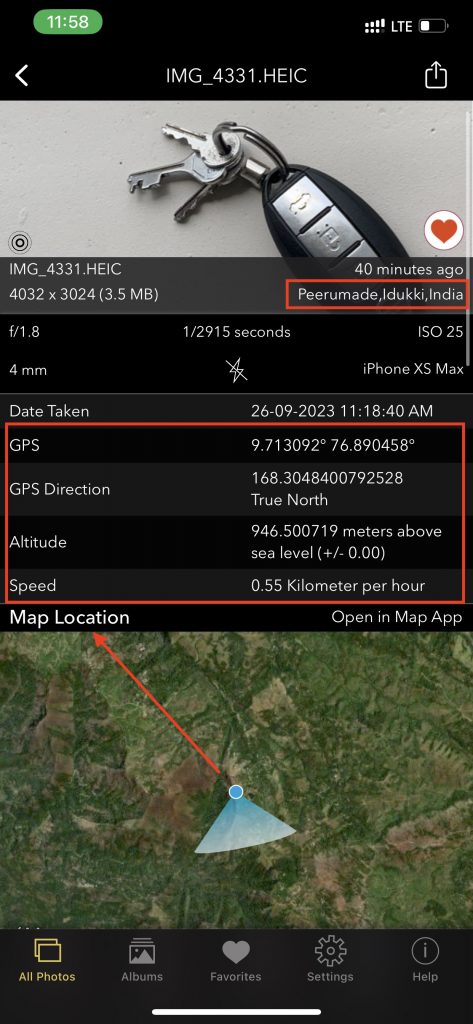
Screenshot of Exif Viewer by Fluntro iOS app
EXIF data can also help law enforcement identify the devices used to capture certain images and potentially link them to specific individuals. This can be useful in cases involving cybercrimes, harassment, or other illegal activities conducted online.
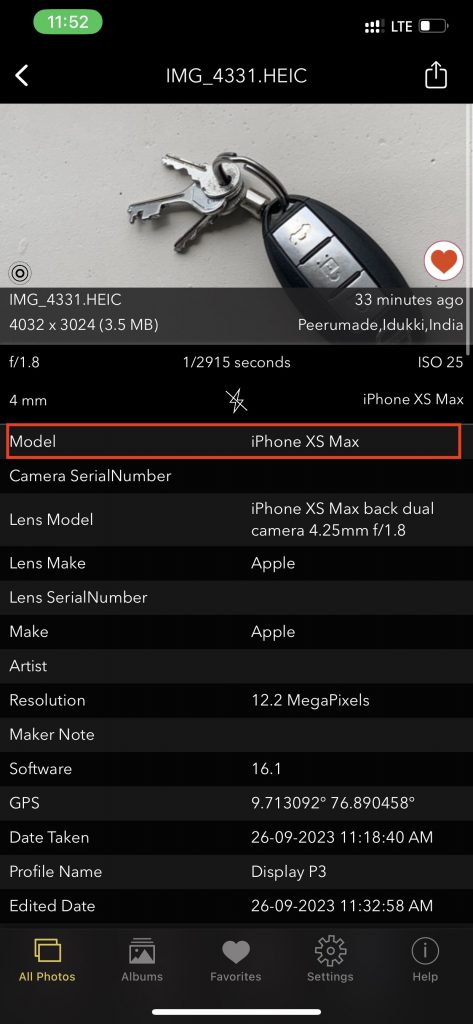
Screenshot of Exif Viewer by Fluntro iOS app
While EXIF data is a valuable tool, it’s essential to recognize its limitations:
Just as EXIF data can be used to verify the authenticity of photographs, it can also be manipulated or removed by tech-savvy individuals seeking to conceal their tracks. Therefore, investigators must corroborate EXIF data with other forms of evidence.
The availability of location data within EXIF can raise privacy concerns. Law enforcement agencies must navigate the delicate balance between investigative needs and individual privacy rights when accessing and using this information.
Not all images contain EXIF data, as it can be stripped during image compression, sharing, or editing. Consequently, investigators may not always have access to this valuable resource.
You can view exif information any of your devices.
There are also apps that shows EXIF metadata for images saved on your device. For iOS user we suggest “Exif Viewer by Fluntro“.
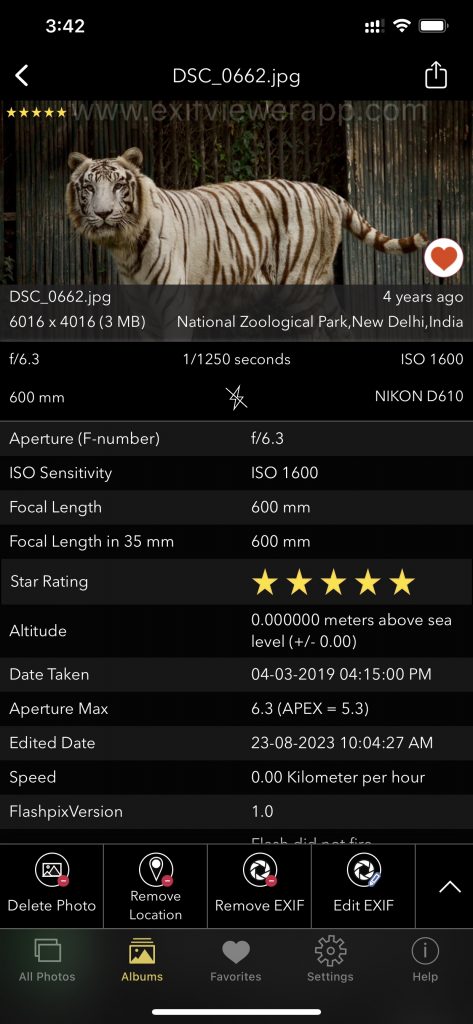
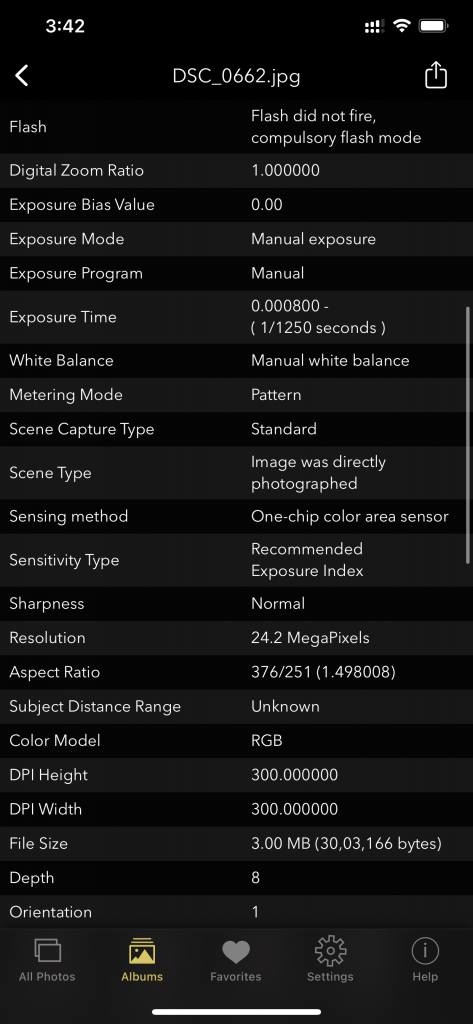
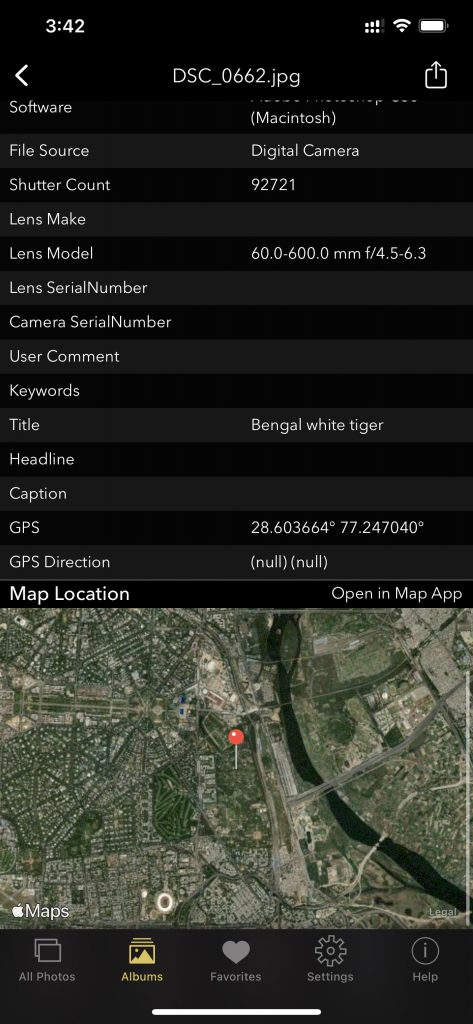
Screenshot of EXIF Viewer by Fluntro app displaying detail view of all exif information of a photo
Checkout the preview video of Exif Viewer by Fluntro:
EXIF data is a powerful tool that plays a pivotal role in modern forensic investigations. It helps establish the authenticity of digital photographs, construct timelines, track locations, and identify devices and users. However, its effectiveness is not without limitations, as it can be manipulated, raise privacy concerns, or be absent altogether. As technology continues to evolve, so too will the challenges and opportunities presented by EXIF data in the world of digital forensics. To stay ahead, forensic experts must continually adapt their techniques and methodologies while upholding the principles of privacy and justice.